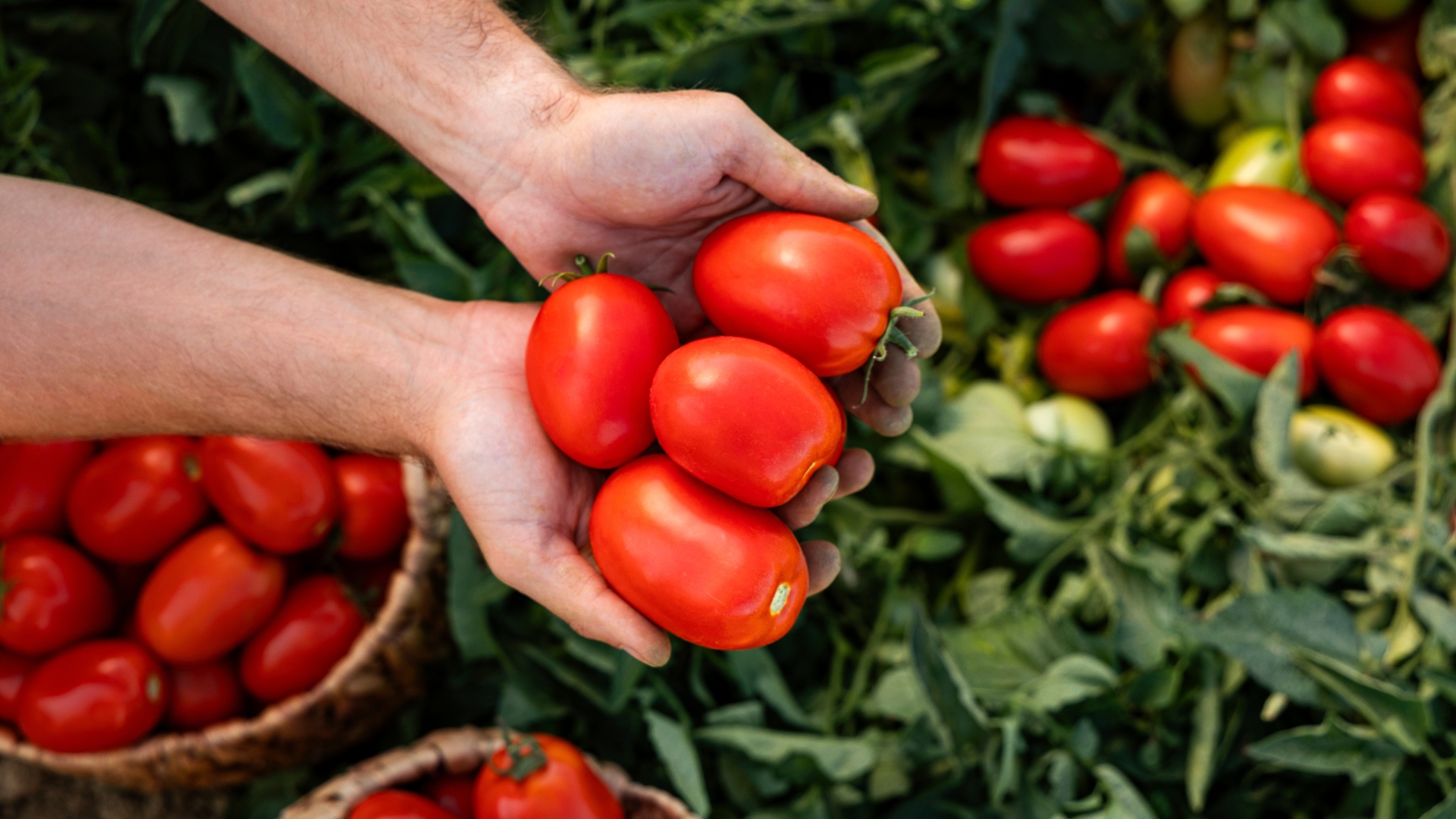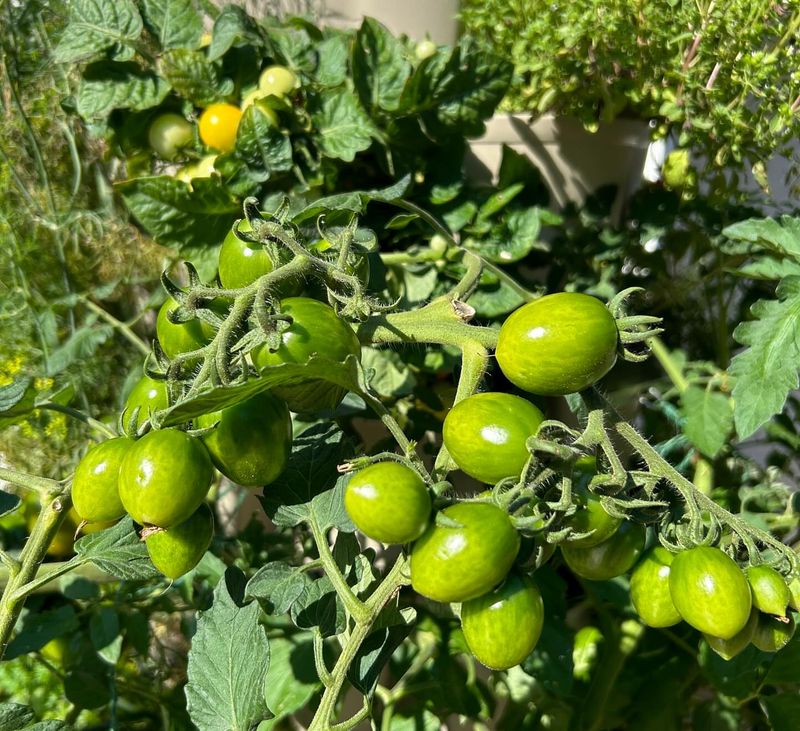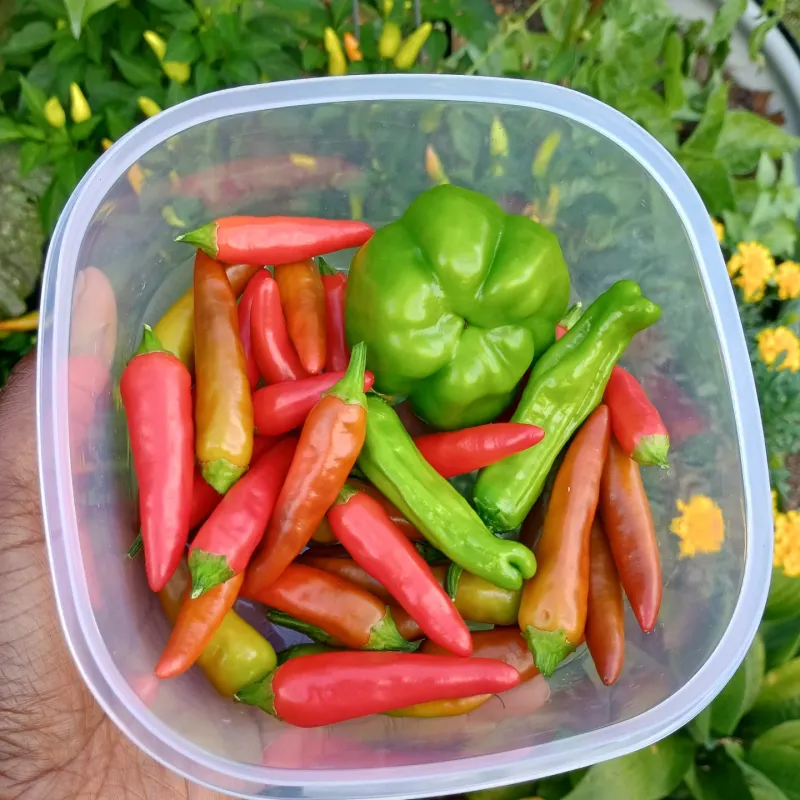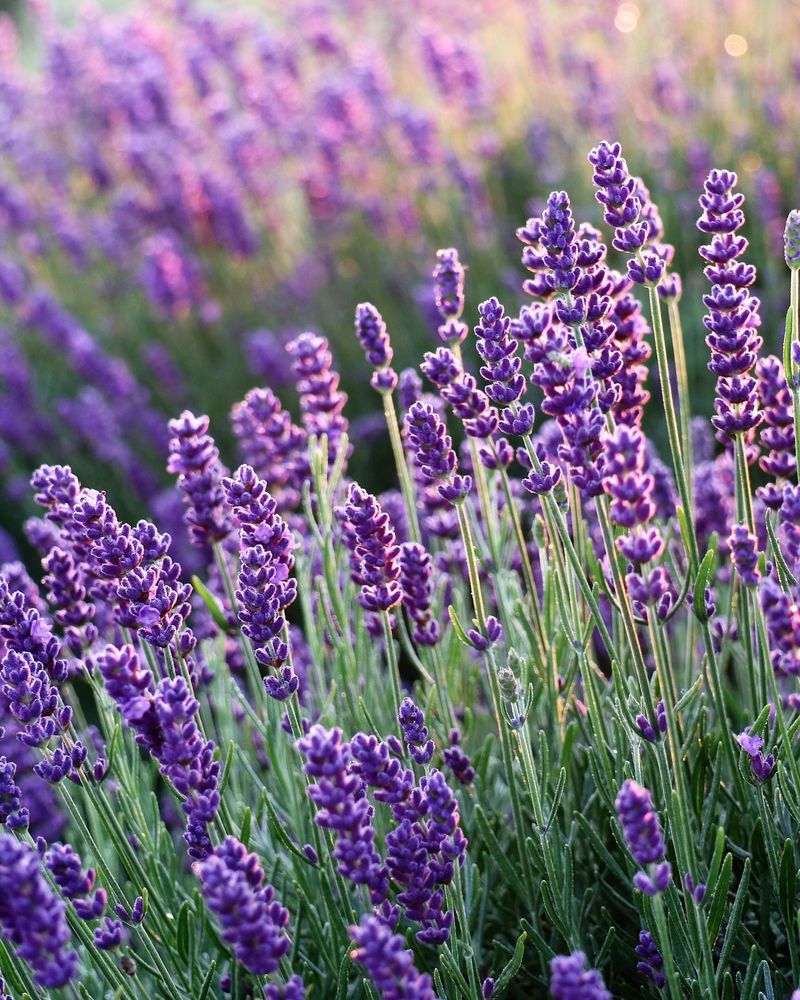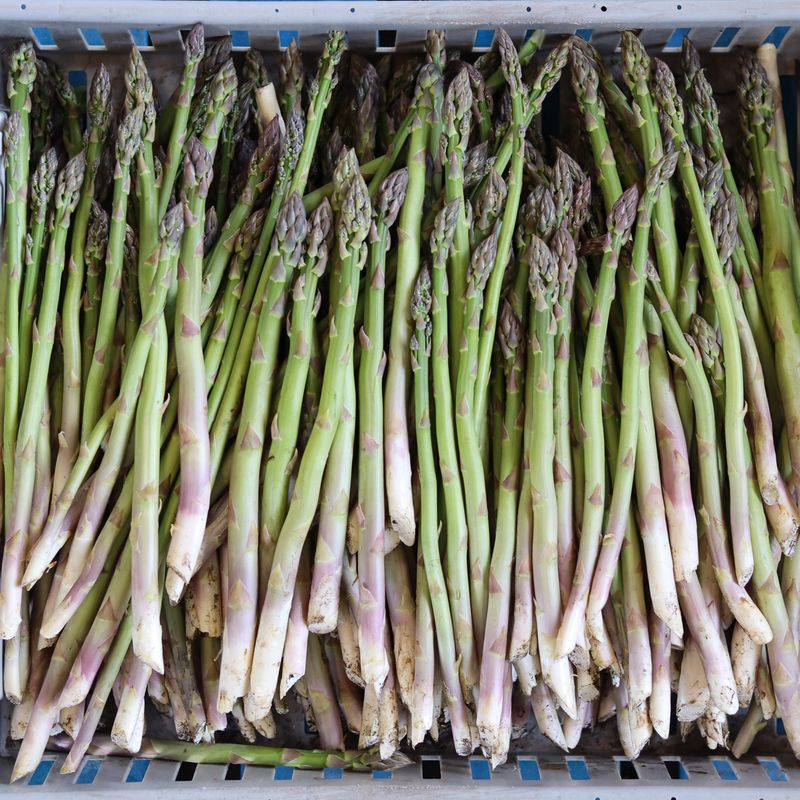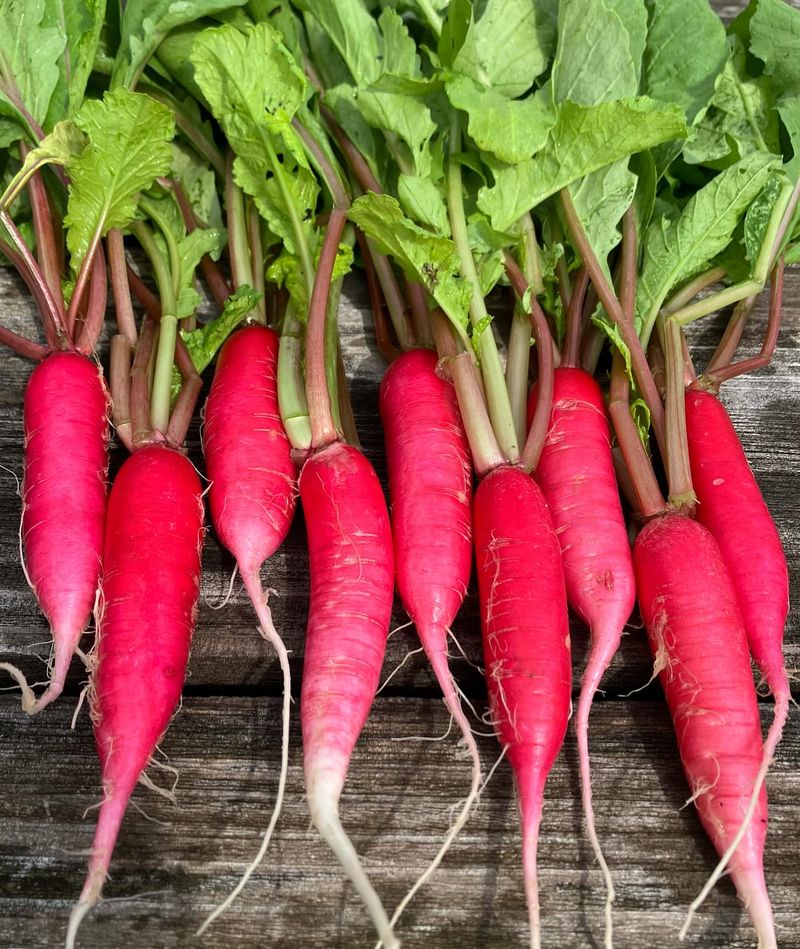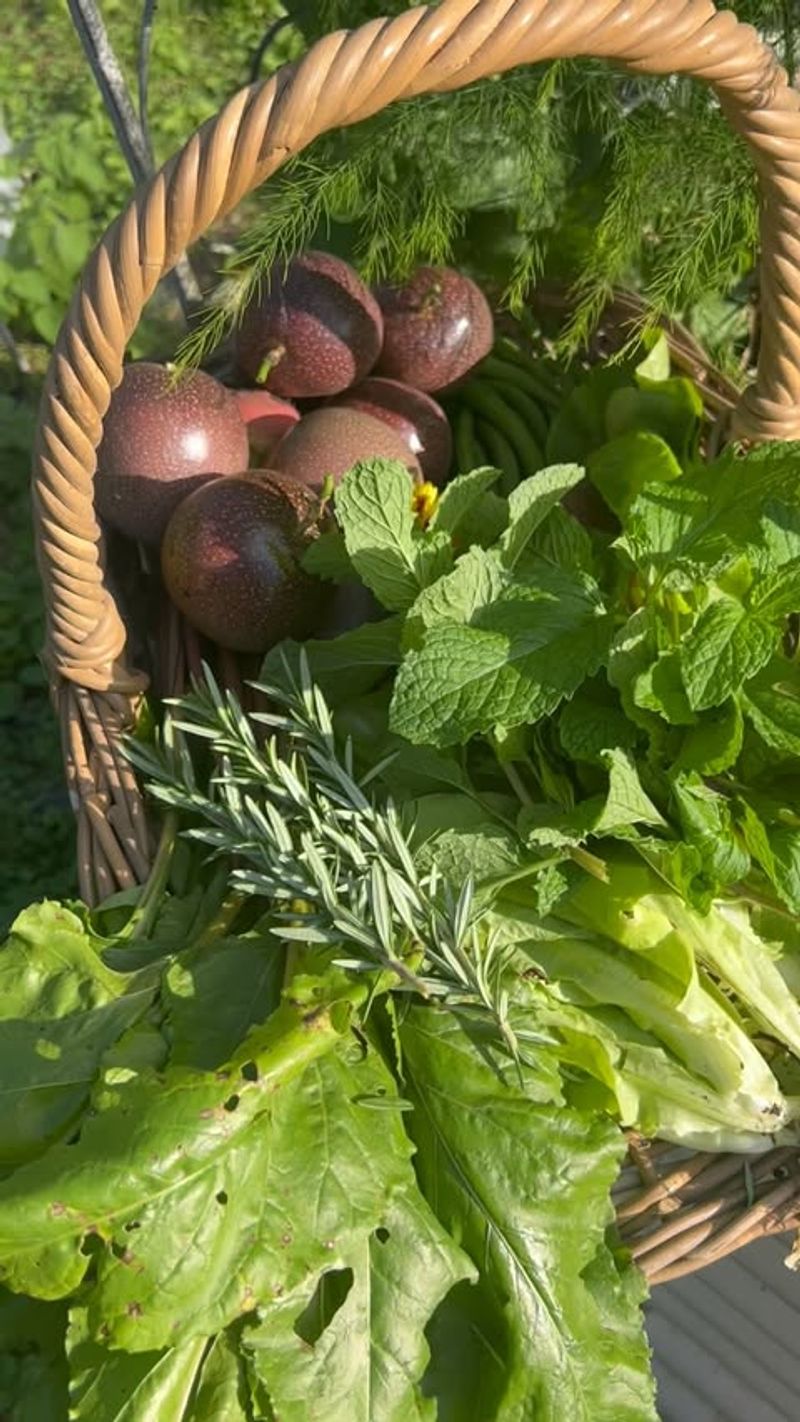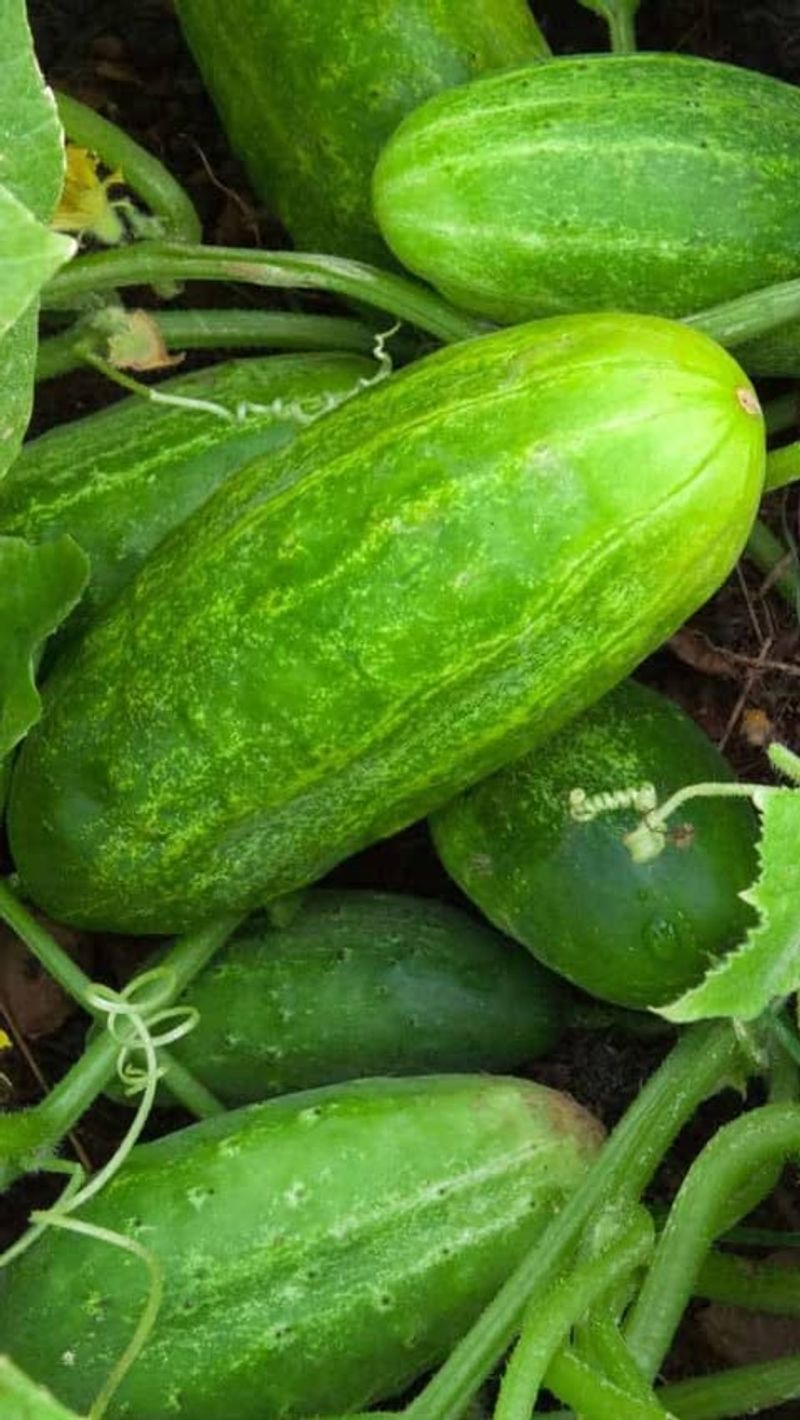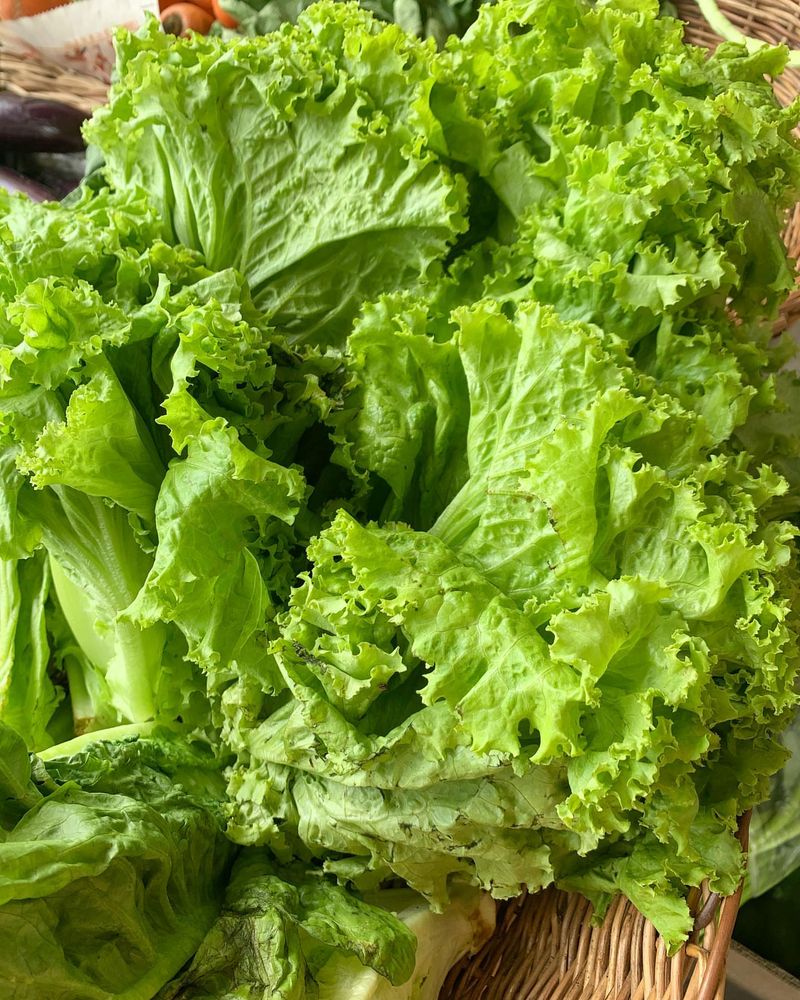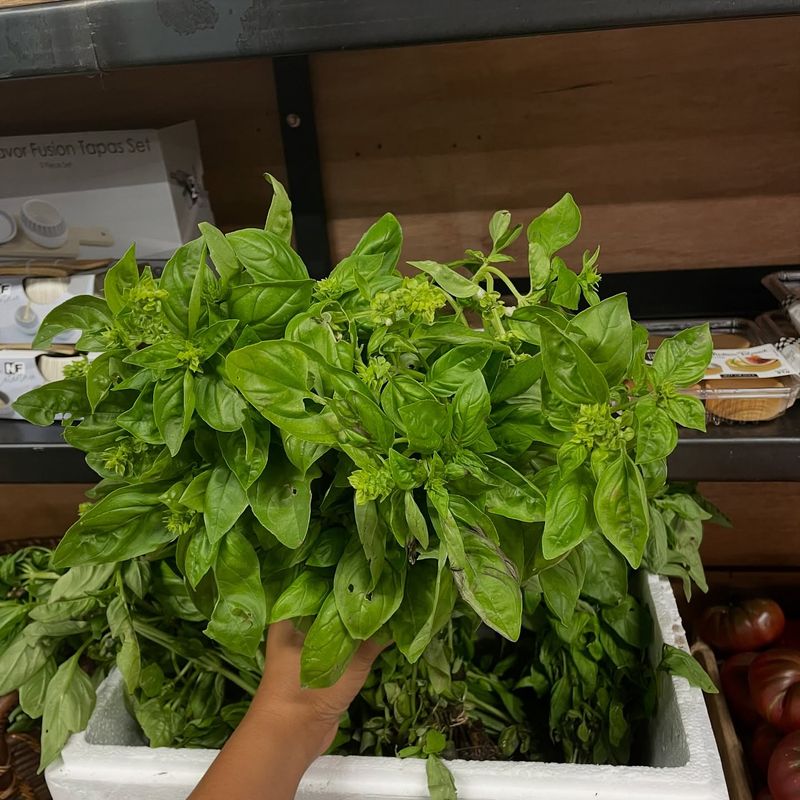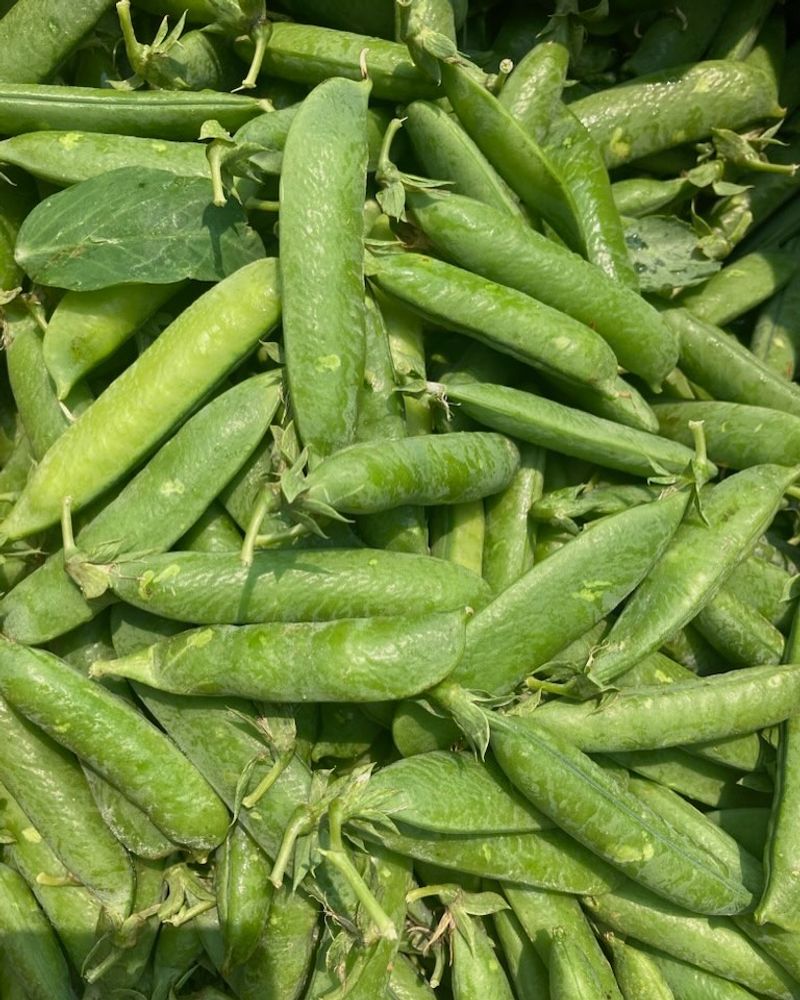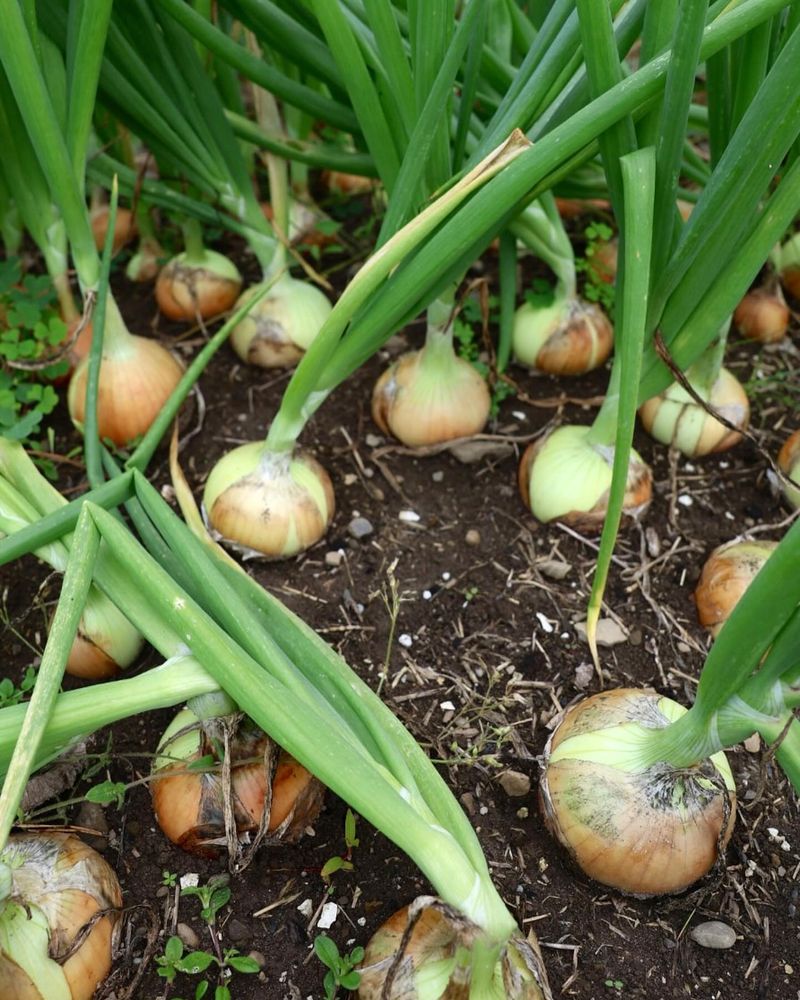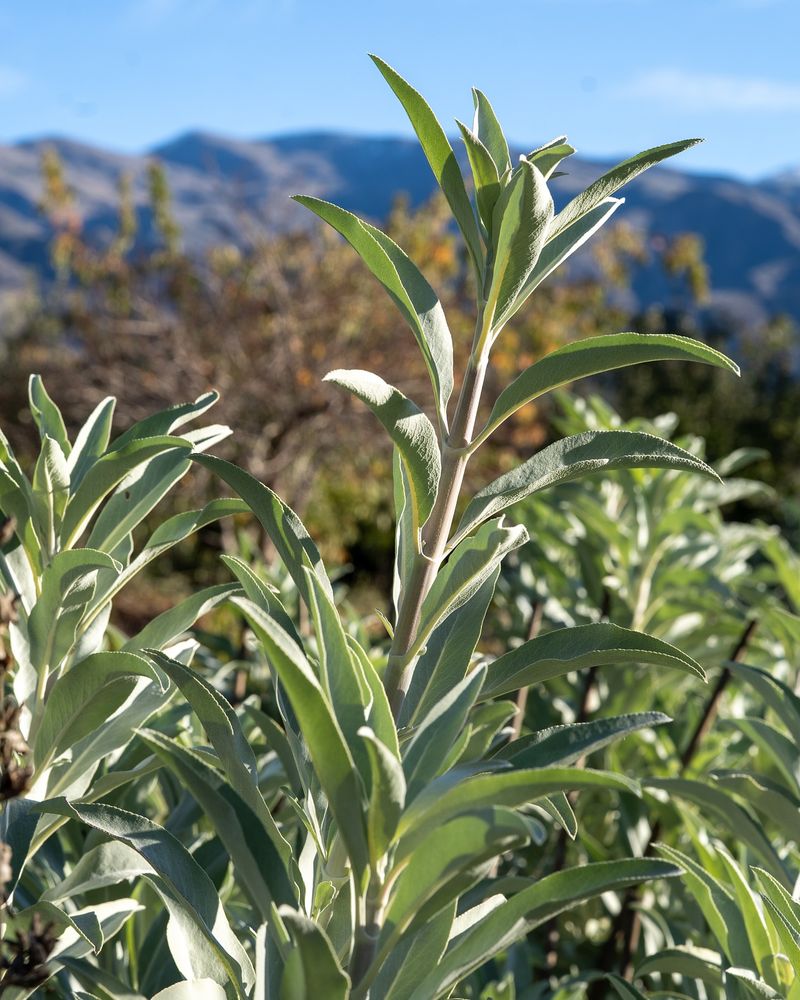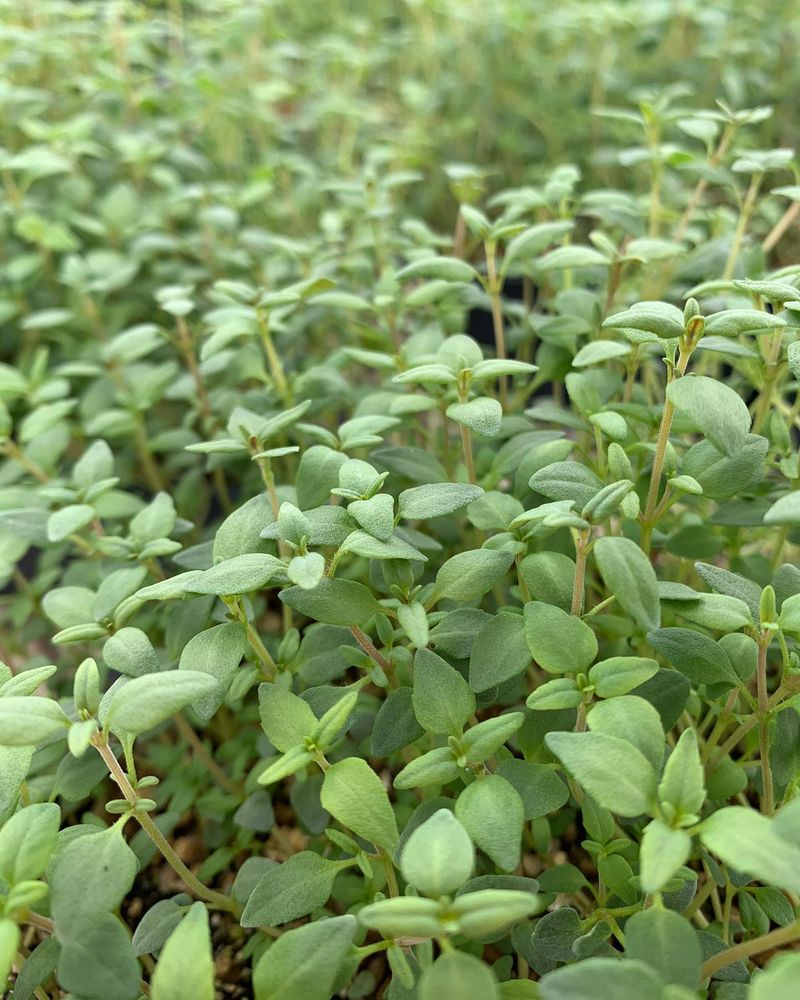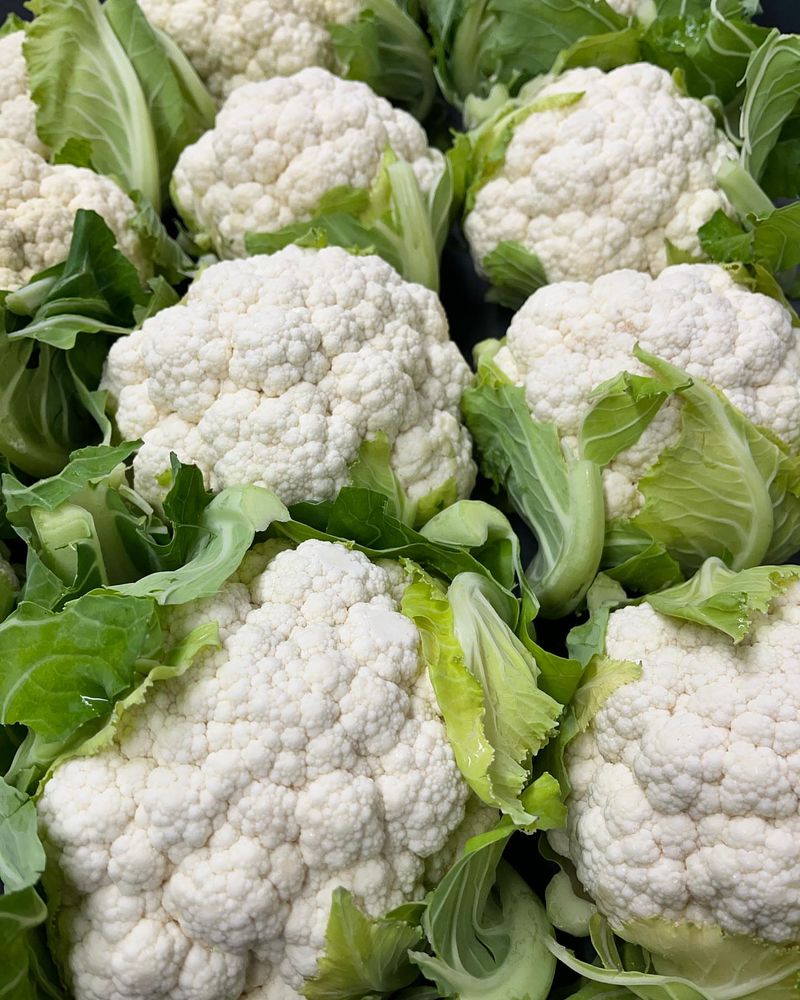You might think adding coffee grounds to your garden soil is a quick win—but some crops don’t take kindly to the boost they bring. I learned the hard way after seeing a few plants struggle where I’d sprinkled grounds a little too generously.
While coffee can be great for some plants, others need something gentler to thrive. Knowing which crops don’t mix well with coffee grounds can save you time and frustration.
Luckily, there are plenty of better options to keep your garden happy and healthy.
1. Tomatoes
Coffee grounds create overly acidic conditions that stunt tomato growth and reduce fruit production. The high caffeine content can actually inhibit seedling development in this popular garden crop.
Instead of coffee grounds, feed tomatoes with compost tea or fish emulsion. These provide balanced nutrition without the acidity, helping your tomato plants produce juicy, flavorful fruits all season long.
2. Carrots
The fine texture of coffee grounds can compact soil, making it difficult for carrots to develop their characteristic long, straight roots. Root vegetables need loose, well-draining soil to form properly.
Bone meal makes an excellent alternative for carrots, providing phosphorus that promotes strong root development. Mix in some sand to keep soil loose and allow those orange beauties to grow long and straight.
3. Peppers
Despite being related to tomatoes, peppers react even more negatively to coffee grounds. Their shallow root systems become stressed by the high nitrogen and acidity, often resulting in beautiful foliage but few actual peppers.
Feed your peppers with a balanced organic fertilizer lower in nitrogen. Crushed eggshells work wonders too, providing calcium that prevents blossom end rot while creating the slightly alkaline conditions peppers prefer.
4. Lavender
This Mediterranean herb absolutely detests the acidic, nitrogen-rich environment created by coffee grounds. Lavender naturally thrives in poor, alkaline soil conditions – the opposite of what coffee provides.
Limestone gravel or wood ash makes perfect amendments for lavender beds. These increase soil pH and provide the lean, well-draining conditions that help lavender produce its most fragrant blooms and strongest essential oils.
5. Asparagus
As a perennial crop that remains in place for years, asparagus develops an extensive root system that suffers when coffee grounds create acidic, compacted soil conditions. The spears become thin and woody when stressed.
Aged manure mixed with bone meal provides the perfect nutrition for asparagus beds. This combination offers slow-release nutrients that feed asparagus throughout its long growing season without disrupting the soil’s natural balance.
6. Radishes
Quick-growing radishes develop a bitter taste and pithy texture when exposed to coffee grounds. The high nitrogen content forces them to produce excessive leafy growth at the expense of developing crisp, flavorful roots.
Wood ash provides potassium that radishes love without the nitrogen overload. Just a light sprinkling before planting helps produce the crisp, spicy radishes that add punch to your salads and snack plates.
7. Rosemary
Native to coastal Mediterranean regions, rosemary evolved in alkaline, sandy soils – conditions completely opposite to what coffee grounds create. When planted in coffee-amended soil, rosemary develops yellowing leaves and becomes susceptible to root rot.
Crushed seashells or limestone make perfect amendments for rosemary beds. These materials slowly release calcium while raising soil pH, creating the drought-tolerant, alkaline conditions where this aromatic herb truly flourishes.
8. Sunflowers
These sunny giants struggle when coffee grounds are added to their soil. The acidic conditions lock up essential nutrients like calcium and magnesium that sunflowers need to produce their massive stalks and impressive flower heads.
Compost mixed with a little lime provides the perfect growing medium for spectacular sunflowers. This balanced approach offers nutrients while maintaining the neutral-to-slightly-alkaline conditions where sunflowers reach their full, magnificent potential.
9. Cucumbers
The nitrogen in coffee grounds stimulates cucumber vines to produce lush foliage at the expense of fruit production. Additionally, coffee’s acidity creates conditions where cucumbers become increasingly bitter and misshapen.
Compost tea provides balanced nutrition that cucumbers love. Supplementing with crushed eggshells adds calcium that prevents blossom end rot, ensuring your cucumber harvest is abundant, sweet, and perfectly formed for salads and pickling.
10. Lettuce
Coffee grounds make lettuce turn bitter and bolt (go to seed) prematurely. The high nitrogen content creates rapid, weak growth while the caffeine compounds interfere with proper development of this cool-season crop.
Well-aged compost provides perfect nutrition for sweet, crisp lettuce. A light side-dressing of worm castings midway through growth adds gentle nutrition that extends the harvest period without the bitterness that coffee grounds can cause.
11. Basil
This popular herb develops stunted growth and diminished flavor when coffee grounds are added to its soil. The excessive nitrogen creates lush but weak stems while the acidity reduces essential oil production that gives basil its signature aroma.
Compost mixed with a bit of dried seaweed makes the perfect growing medium for basil. This combination provides balanced nutrition and beneficial micronutrients that intensify basil’s flavor while supporting robust, bushy growth perfect for multiple harvests.
12. Peas
As nitrogen-fixing legumes, peas already produce their own nitrogen through beneficial bacteria on their roots. Adding coffee grounds creates nitrogen overload, resulting in beautiful vines but drastically reduced pod production.
Wood ash provides potassium and phosphorus that peas need for flowering and pod development. Just a light dusting around plants encourages the abundant pod production that makes growing this cool-season crop so rewarding.
13. Onions
Coffee grounds promote leafy top growth in onions while inhibiting the development of large, flavorful bulbs. The fine texture also compacts soil, preventing proper bulb expansion during the crucial development phase.
Bone meal mixed with a little sulfur creates ideal conditions for impressive onions. This combination promotes bulb development while providing the slightly acidic (but not coffee-level acidic) conditions where onions develop their best flavor and storage quality.
14. Sage
This Mediterranean herb struggles when coffee grounds increase soil acidity and nitrogen levels. Sage naturally prefers poor, alkaline conditions – developing its strongest flavor and aroma when slightly stressed in lean soil.
Crushed limestone or wood ash creates the alkaline conditions sage craves. These amendments raise soil pH while providing calcium and potassium that support sage’s woody stems and intensify the essential oils that make this herb so valuable in cooking.
15. Strawberries
The high nitrogen content in coffee grounds causes strawberry plants to produce abundant leaves but smaller, fewer berries. Additionally, coffee’s acidity can make strawberries more susceptible to fungal diseases in humid conditions.
Compost mixed with bone meal creates ideal nutrition for sweet, abundant strawberries. This balanced approach provides phosphorus for flowering and fruiting while maintaining the slightly acidic (but not coffee-level acidic) conditions strawberries prefer.
16. Thyme
Another Mediterranean herb that suffers in coffee-amended soil, thyme develops weak stems and diminished essential oil content when exposed to excess nitrogen and acidity. The plant loses its characteristic intense aroma and flavor.
Sand mixed with a little limestone creates the poor, well-draining, alkaline conditions where thyme thrives. This combination encourages thyme to develop its most concentrated essential oils while preventing the root rot that can occur in rich, moisture-retentive soils.
17. Cauliflower
Coffee grounds stimulate leafy growth in cauliflower while delaying and reducing head formation. The acidity also locks up calcium, leading to tipburn on leaves and poorly developed, discolored heads.
Well-rotted manure supplemented with lime provides balanced nutrition for beautiful cauliflower. This combination ensures proper head development while supplying the calcium needed for firm, white curds that resist browning when cooked.

